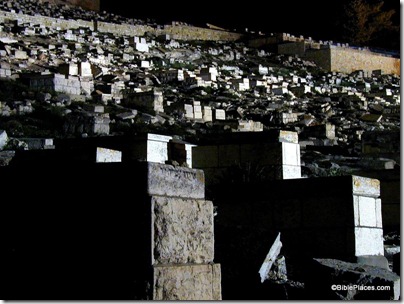Some months ago, I mentioned a Logos Bible Software collection of books entitled “Travels through Bible Lands Collection.” This fifteen-volume collection was listed in their pre-publication specials for $130. That collection and many others did not receive sufficient interest and so it has now been moved to “community pricing” where a large number of orders results in a greatly reduced price.
Thus you could now pick up all 15 electronic books for $20 if enough people place bids. Here are a list of titles:
- The Land of Israel: A Journal of Travels in Palestine, by Henry B. Tristram (1876)
- Land of Moab: Travels and Discoveries on the East Side of the Dead Sea and Jordan, by Henry B. Tristram (1876)
- Early Travels in Palestine, by Thomas Wright (1848)
- Discoveries in the Ruins of Nineveh and Babylon: with travels in Armenia, Kurdistan and Desert, by Austen Henry Layard (1871)
- Travels in Turkey, Asia-Minor, Syria, and Across the Desert into Egypt, by William Wittman (1803)
- Social Life in Egypt, by Stanley Lane-Poole (1884)
- East of the Jordan: A Record of Travel and Observation in Moab, Gilead, and Bashan, by Selah Merrill (1881)
- Fifty-Three Years in Syria, Vol. 1, by Henry Jessup (1910)
- Fifty-Three Years in Syria, Vol. 2, by Henry Jessup (1910)
- A Brief Pilgrimage in the Holy Land, by Caroline Hazard (1909)
- The Unvarying East, by E. J. Hardy (1848)
- Among the Turks, by Cyrus Hamlin (1878)
- Through Persia on a Side-Saddle, by John MacQueen (1901)
- Palestine Past and Present, by James Challen (1859)
- My Winter on the Nile, by Charles Warner (1892)
The ones in bold are those I’m familiar with and believe would be worth at least $20 each. The others may be outstanding, but I have no knowledge of them. In short, for $130 this is a tough one to recommend. For $20, this would be an excellent addition to your Logos collection. If you’re interested, click on over to the Logos website and place your bid. If enough of us chip in, we all will get a fantastic deal.
In the near future I plan to suggest my own “Travels through Bible Lands Collection.” There are many books better than these and perhaps if Logos is successful with this one, they’ll do a follow-up with my favorite resources.


